When I try to synthesize my VHDL design (using Xilinx ISE Design Suite), I get the message:
WARNING:Cpld - The signal(s) 'e' are in combinatorial feedback loops.
These signals may cause hazards/glitches. Apply the NOREDUCE parameter to the
hazard reduction circuitry.
Timing analysis of paths involving this node may be inaccurate or incomplete.
This is confusing as my design simply consists of a counter 'c' that increases on each clock tick and some signals that are derived from it in a way where I don't believe any loop can exist, to form an output signal. Here's the code:
library IEEE;
use IEEE.std_logic_1164.all;
use IEEE.numeric_std.all;
entity foo is
port (
CLK : in std_logic;
A : out std_logic_vector(1 downto 0)
);
end foo;
architecture foo_arch of foo is
signal b : unsigned(1 downto 0);
signal e : std_logic;
signal c : unsigned(1 downto 0) := "00";
begin
process (CLK, c)
begin
if rising_edge(CLK) then
c <= c + 1;
end if;
end process;
b <= c(1 downto 0) - 1;
e <= '1' when b(1 downto 0) = 0 else '0';
A <= std_logic_vector(b(1 downto 0)) when e = '1' else "ZZ";
end foo_arch;
So you can see
- b is derived from c
- e is derived from b
- A (the output) is derived from b and e
What's the problem? Am I going crazy? Am I doing something incredibly stupid or is the synthesizer playing games with me?

